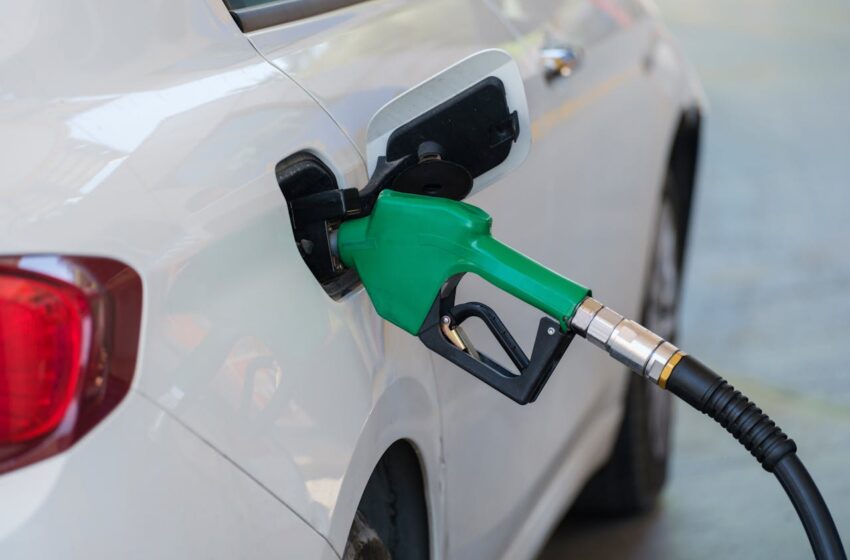Diesel hike looms, petrol price to drop – what every South African driver should know ahead of August

Fueling a car (Photo by Engin Akyurt: https://www.pexels.com/photo/gas-pump-nozzle-filling-the-white-car-12377482/)
There’s a mixed bag of news coming for South African motorists in August — and whether you’re smiling or wincing at the pumps will depend entirely on what you drive.
If your car runs on petrol, you’re in luck. Prices are expected to come down slightly next month thanks to a steady oil price and a relatively stable rand. But if you drive a diesel vehicle — brace yourself. The latest data shows that diesel prices are set to spike, and it’s not looking like a short-term issue.
Petrol users can expect a modest decrease of around 23 to 26 cents per liter. That could see 95 unleaded dropping to about R20.88 at the coast and R21.67 in Gauteng, while 93 unleaded is likely to settle at around R21.55 inland. It’s not a massive cut, but after July’s increases, any relief is welcome.
Diesel, however, is a different story.
The Central Energy Fund’s early data is pointing to an increase of more than 50 cents per liter for both 0.005% and 0.05% diesel. That could push inland prices for 50ppm diesel to just over R20 a litre — levels that haven’t been seen in months.
What’s Behind the Diesel Surge?
It comes down to international supply. Diesel stockpiles in the United States have fallen to their lowest levels for this time of year since 1996. In Europe, futures markets are flashing warning signs, indicating a squeeze worse than what was seen at the height of the recent Israel-Iran tensions. The problem? A series of refinery shutdowns, both planned and unplanned, has severely restricted output.
Last month, diesel accounted for just over 31% of the world’s oil product output — far below the seasonal average. This is happening just as demand is surging in the northern hemisphere, where the summer driving and transport season is in full swing.
To make matters worse, key OPEC+ players like Saudi Arabia and Russia have maintained production cuts, especially of the heavier crudes typically used to produce diesel. At the same time, weather risks like extreme heat and the looming Atlantic hurricane season could add further pressure to already strained refining operations.
Petrol vs Diesel: A Growing Divide
Even though crude oil prices have remained relatively flat — with Brent holding around $70 — refined product shortages are driving diesel prices higher. Petrol isn’t impacted in the same way, which is why we’re seeing this split in pricing.
The rand, for now, is doing its part to ease the pain. Despite political uncertainty — including the recent dismissal of DA Deputy Minister Andrew Whitfield and questions about the stability of the Government of National Unity — the currency has held steady against the dollar, helping to limit the damage on imported fuel costs.
Still, it’s clear that the fuel landscape is shifting. For the average motorist, these changes may feel frustrating — but for businesses that rely on diesel to move goods, power equipment, or run fleets, the knock-on effects could be much larger. Higher diesel costs often translate to higher transport and food prices, which affect everyone.
Current Projections
These are the projections at mid-month 18/07/2025:
- Petrol 93: decrease of 24 cents per litre
- Petrol 95: decrease of 20 cents per litre
- Diesel 0.05% (wholesale): increase of 63 cents per litre
- Diesel 0.005% (wholesale): increase of 62 cents per litre
- Illuminating paraffin: increase of 26 cents per litre

